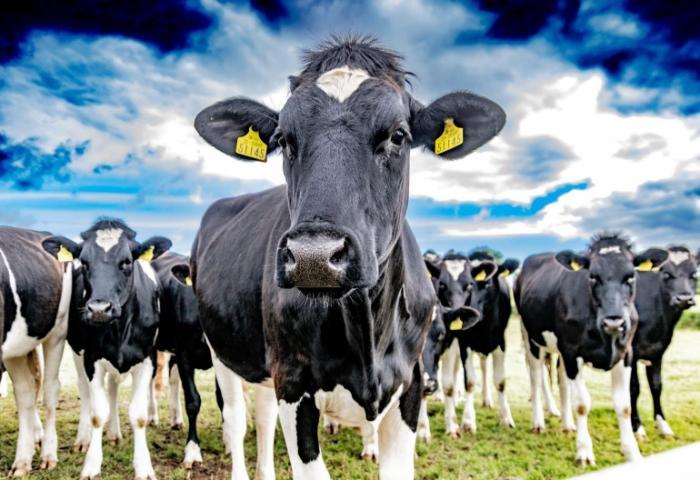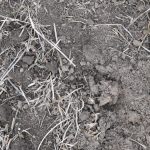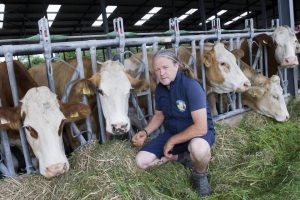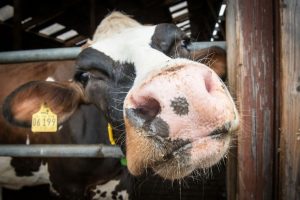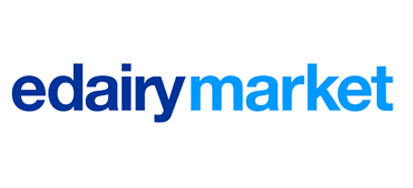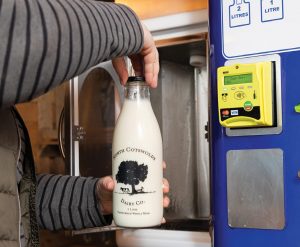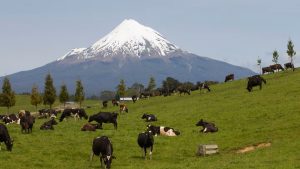
Teagasc outlines key strategies for family farms to boost profitability, reduce costs, and ensure long-term sustainability amidst market changes.
The Irish dairy sector, with an estimated value of €7.4 billion in 2024, has achieved remarkable growth, driven by an increase in average herd size (from 75 to 96 cows per farm between 2017-2024) and enhanced productivity through improved breeding, grassland management, and animal health. This expansion has impressively occurred while simultaneously reducing reliance on chemical nitrogen. At its core, the sector comprises over 16,000 family-owned dairy farms, collectively producing over 8.5 billion liters of milk annually and supporting more than 60,000 jobs across the rural economy.
Despite the inherent volatility of dairy family farm incomes, the average dairy farm income has seen a substantial 240% increase since the pre-expansion period (2008-2010), rising from €39,689 to €95,689 in 2022-2024. This significant rise underscores the robust economic returns generated from strategic investments in key technology developments over the past decade. Such strong profitability creates a vital opportunity for family farms to further innovate and develop more sustainable farming systems.
To future-proof these incomes and ensure generational renewal, a primary focus must be on reducing feed costs and increasing on-farm feed self-sufficiency. The financial landscape has been altered by unprecedented cost increases over the last five years. While climate action commitments necessitate ongoing efficiency improvements, dairy farmers must also prioritize cost reduction to maintain margins in 2025. High-productivity pastures, supplying over 80% of feed requirements in efficient grazing systems, are the cornerstone of this strategy.
The medium-term priority for Irish dairy producers involves increasing profitability by maximizing grazed pasture utilization, integrating high EBI (Economic Breeding Index) cows, improving sward quality, and matching stocking rates to grass growth potential. These systems can be further optimized by reducing reliance on increasingly expensive supplementary feed imports, incorporating clovers into grazing swards, and refining daily operations to minimize nutrient losses. Maintaining productivity while reducing chemical nitrogen use, though challenging, requires successful legume integration.
Finally, for farms with well-managed cost controls and above-average profitability, the focus should shift to strategic investment in facilities and technology that reduce workload and enhance operational efficiency. Foremost among these are improvements in soil fertility and pasture quality, offering rapid and substantial returns. Subsequent investments should target roadway infrastructure and labor-saving technologies. Given dairy farming’s consistent highest return among farming enterprises, the long-term goal is to ensure that farms remain attractive to successors and continue as resilient, pasture-based milk production units for future generations in Irish agribusiness.
Source: Teagasc: Future-proofing incomes for the next generation
You can now read the most important #news on #eDairyNews #Whatsapp channels!!!
🇺🇸 eDairy News INGLÊS: https://whatsapp.com/channel/0029VaKsjzGDTkJyIN6hcP1K
